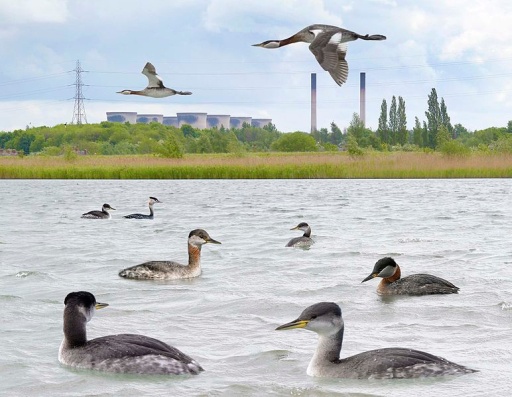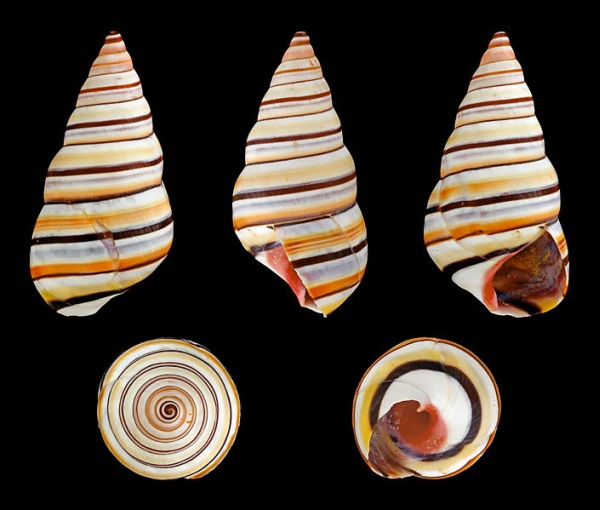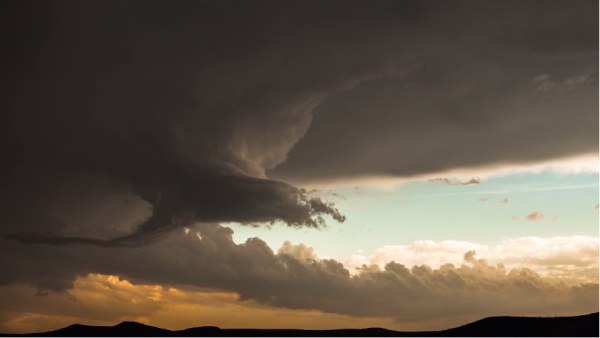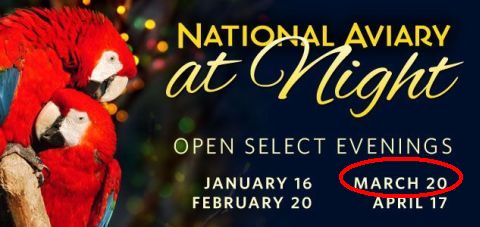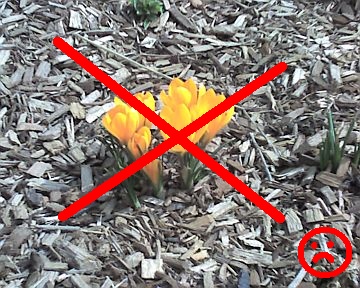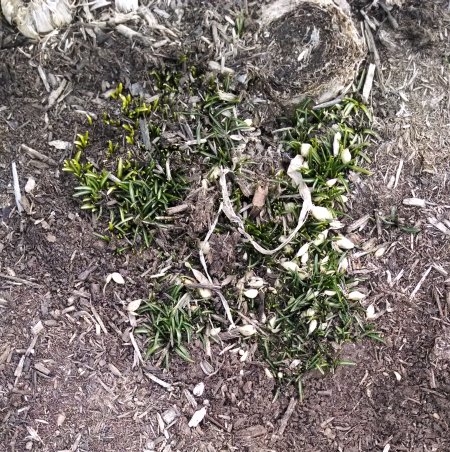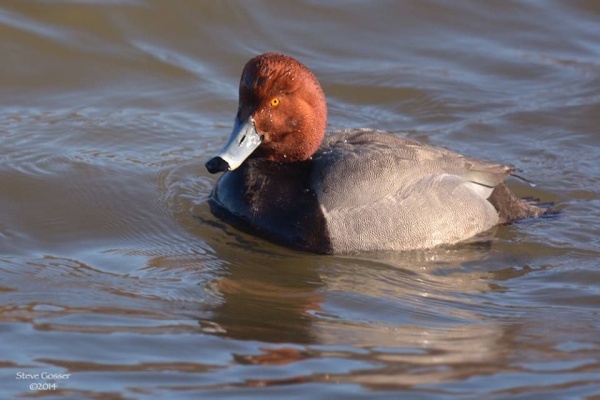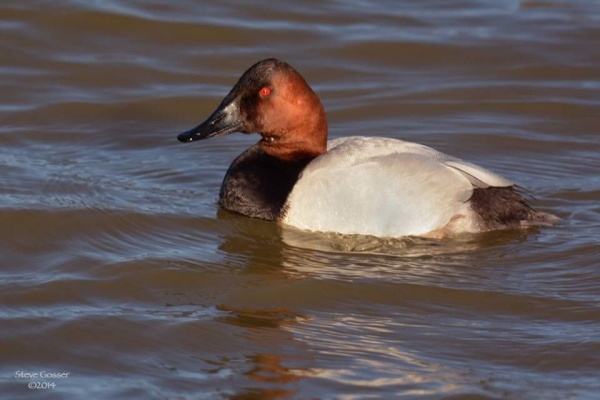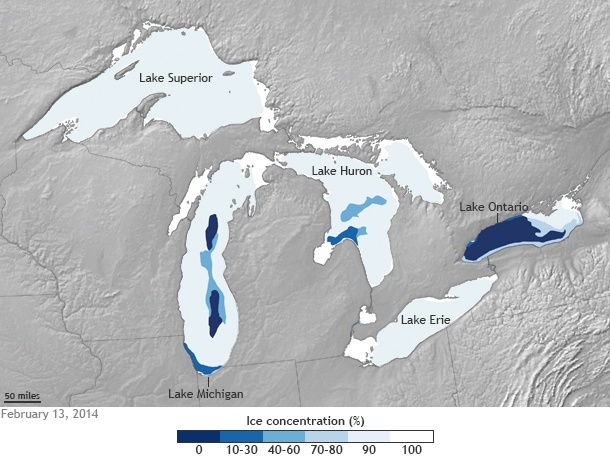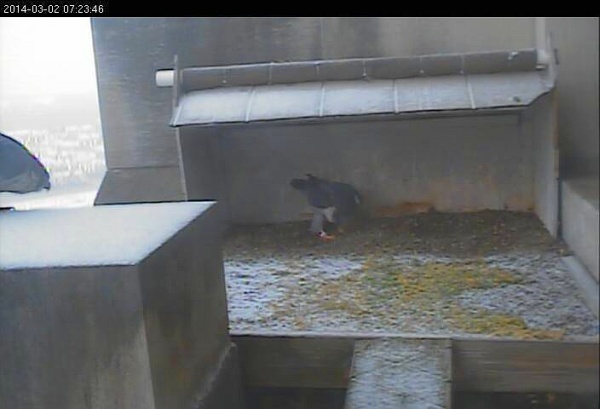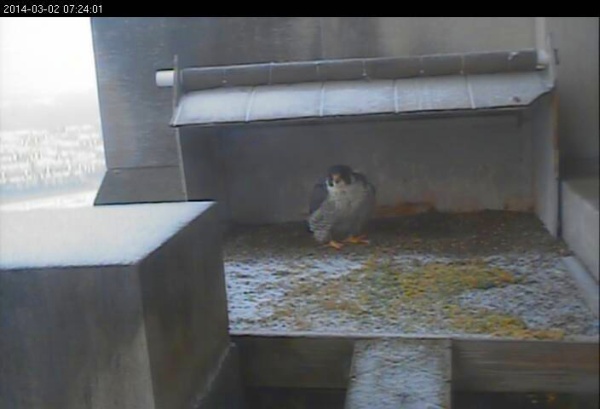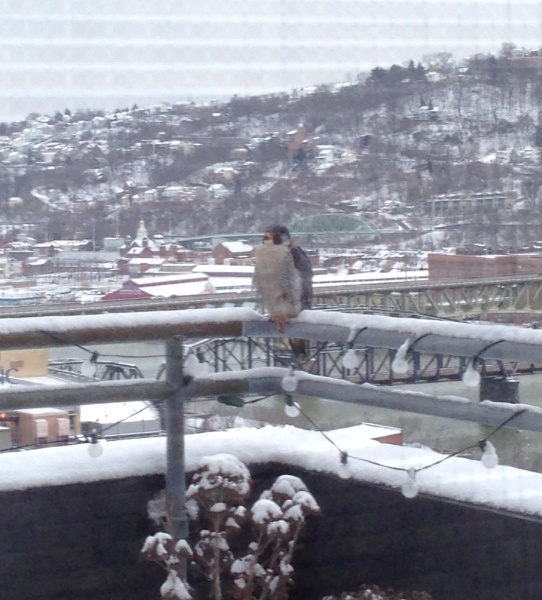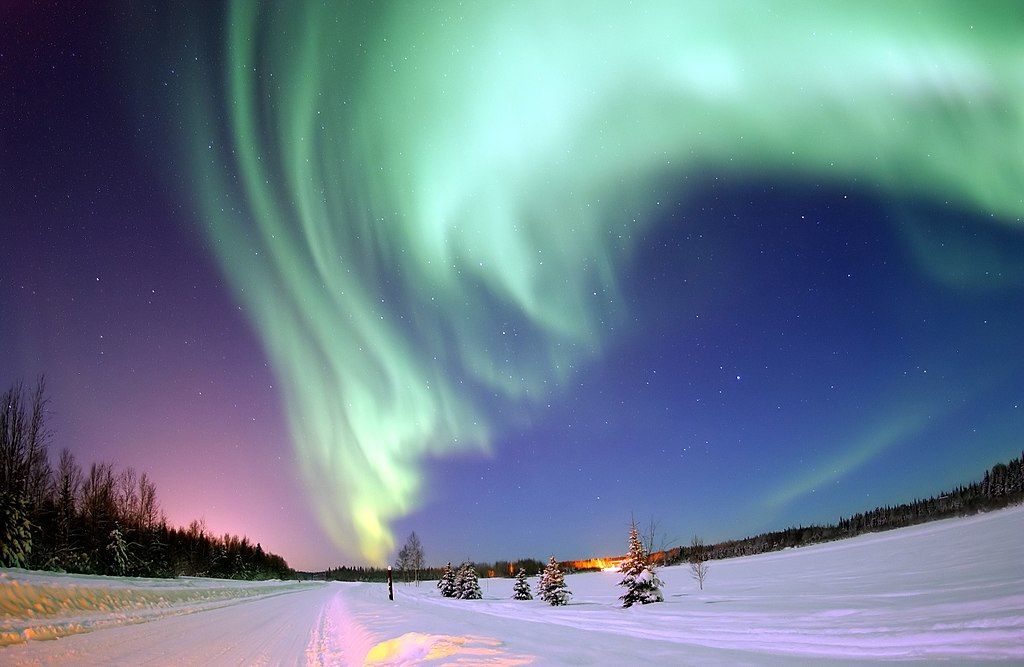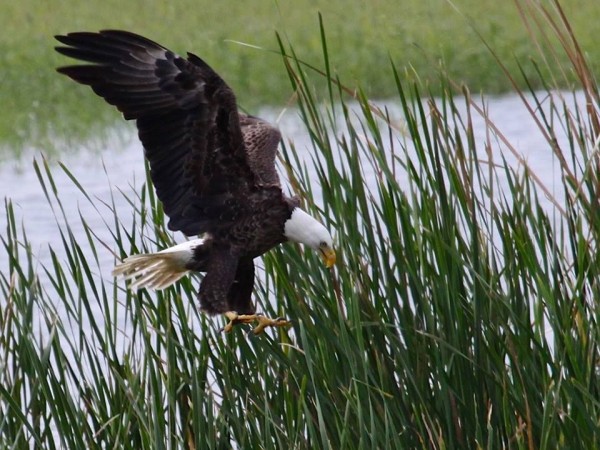With almost no open water on lakes Great and small, ducks and gulls have been spending lots of time on our rivers. This year we’re also finding a higher than usual number of red-necked grebes.
Eleven years ago I saw my first ever red-necked grebe on the Allegheny River at Rosston (March 2, 2003). Still in basic plumage, he was plain gray and white with a long pointed bill slightly yellow at the base. He held up the feathers at the top edges of his head; it made his head look lumpy. But he didn’t have a red neck. He wasn’t in breeding plumage.
And so it went. I periodically saw red-necked grebes but never their red necks because they usually molt into breeding plumage after they leave Pennsylvania. Richard Crossley’s illustration from The Crossley ID Guide Britain and Ireland (above) shows the basic and breeding plumages of red-necked grebes but emphasizes their appearance in winter because the grebes don’t breed in Britain and Ireland either.
So I was excited to read Jim Hausman’s March 6 report that there was a red-necked grebe at Duck Hollow and the bird had a red neck.
I drove down after work on Friday and found two grebes molting into breeding plumage. Ta dah! Not a Life Bird but a “Life Plumage.” Here’s Jim Hausman’s photo of one of them.
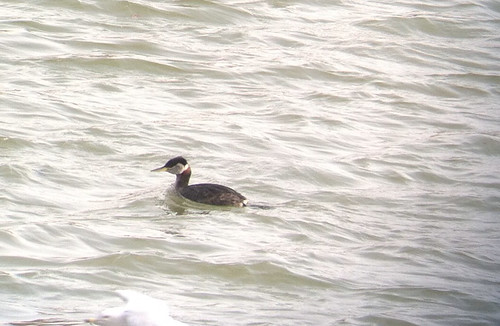
After all these years I finally saw red.
(Illustration at top: Red-necked grebe by Richard Crossley (The Crossley ID Guide Britain and Ireland), Creative Commons license via Wikimedia Commons. Click on the image to see the original.
Photo at bottom by Jim Hausman)
